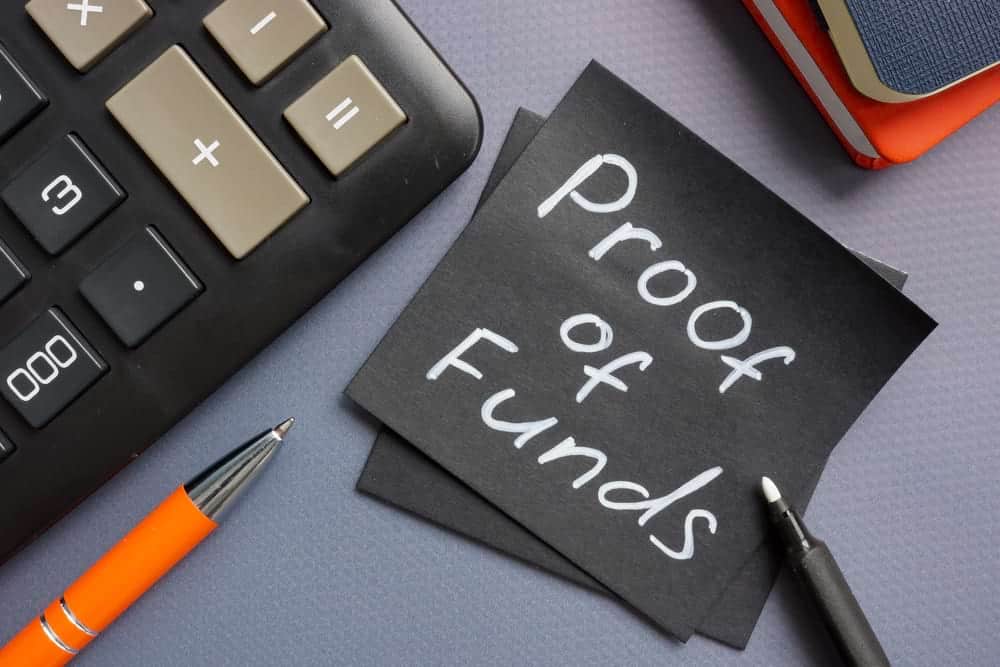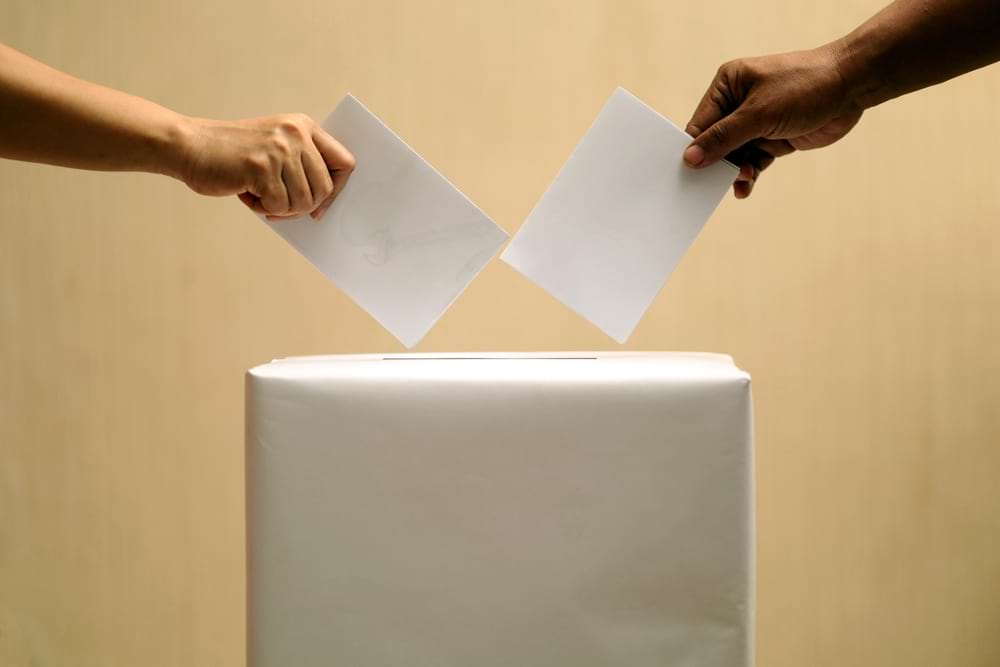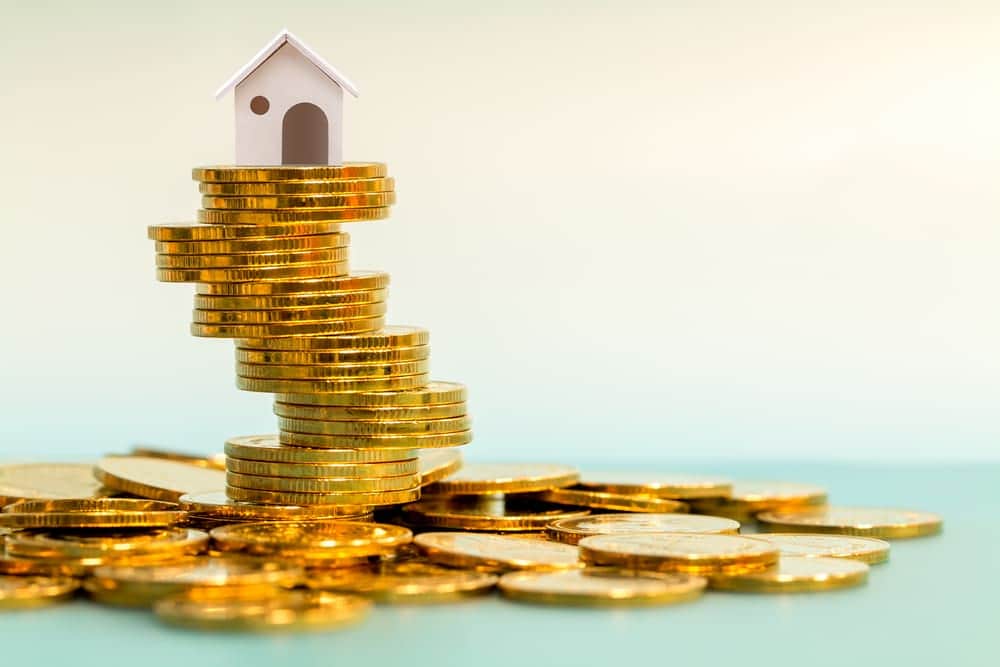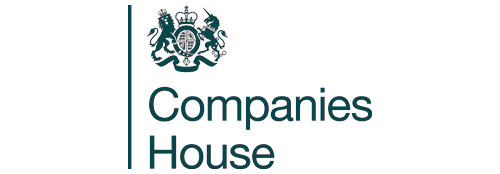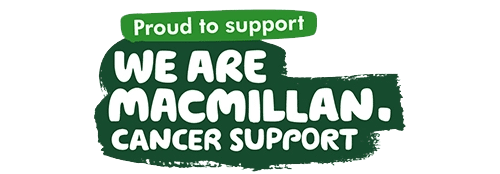When you buy a house, you need to provide proof of funds.
There are several different ways to this.
Below, we’ve listed each one.
1. Mortgage agreement
A mortgage agreement is a written document that a bank or building society sends to its customers once it agrees to lend money.
It confirms the amount you’re being lent. This figure, combined with your deposit, should add up to the sum of the house you’re buying.
2. Mortgage in principle
A mortgage in principle is a written statement from a lender confirming the amount they’re willing to lend you in principle.
It’s different to a mortgage agreement because it’s a preliminary agreement rather than a legally binding contract.
If the details you’ve provided are correct, it should go ahead.
(Of course, the issue isn’t necessarily that you would have lied about the details but that your circumstances would have changed.)
2. Bank statement
You should have a bank statement showing your account’s total sum of money.
This applies to cash buyers with no mortgage and those using a mortgage.
Bank statements are often provided in addition to other documents to confirm a buyer’s proof of available funds. (They are also used as a proof of income.)
3. Proof of property sale
When you exchange contracts to sell a property, it confirms the money you’ll receive from the sale.
If you have a copy of this contract, it will show the amount you received, i.e., proof of property sale.
Remember that you’ll also need a receipt to pay any outstanding mortgage. This is the amount required to calculate how much you’ve got access to.
4. Deed of gift
If someone wants to gift you money, they need to create a deed of gift.
This document proves how much money you received and confirms that it doesn’t need to be paid back.
Ensure this deed also details the person giving you the money because it will also be needed to confirm the source of funds.
You’ll then need a bank statement to demonstrate that the gift has arrived.
5. Confirmation of an inheritance
Inheriting money is another example of how you could have access to a large deposit.
You’ll need to show the will’s executors a letter confirming how much you’re entitled to receive.
Inheritance tax will then need to be factored in so you can verify how much money you have access to.
If you’ve got a copy of the will itself (i.e., because you have been given a grant of probate) then this can work too.
6. Dividend certificate
Every year, companies all over the UK release dividends to their shareholders.
The business has made this distribution of profits over the year. When this happens, you’ll receive a certificate to confirm the amount that you’ve received.
Remember that tax is due on dividends you’ve received over a certain threshold.
This impacts the amount of money you have access to. You’ll need to factor this into your proof.
7. Release of funds from a pension
You can release funds from your pension once you hit a certain stage in life, and thus have access to this money.
If you show a copy of your pension release document and a bank statement showing the money being received, this can act as proof of funds.
8. Receipts for large sums of money
There are plenty of other ways you can receive a huge sum of money.
If this applies, you’ll need to show proof of receipt and the money appearing in your bank statement. Examples include:
- Gambling
- Selling shares
- Winning the lottery.
A solicitor sometimes asks for confirmation from the facilitating company, such as the lottery organisation or the casino.
9. Company accounts
If you run your own business and buy the house through a company, then company accounts can demonstrate how much profit you’ve made in a year.
It can also show the company’s bank account statements. This is sufficient proof of funds when the company buys the house.
If you’re transferring money from your company into your name, you must give evidence of this transaction.
A dividend certificate is one example. Or a salary payment appearing on your bank statement is another.
